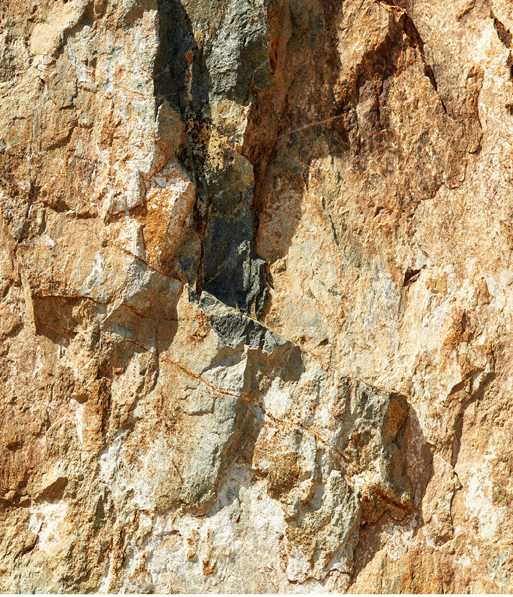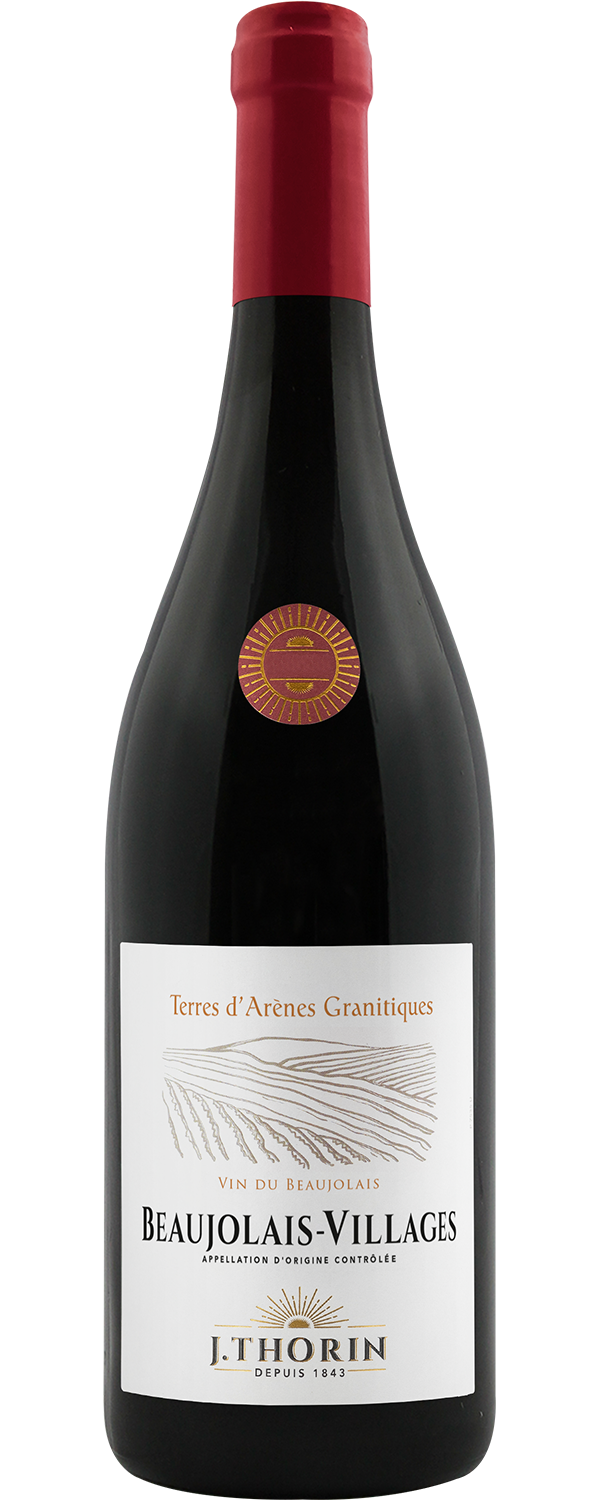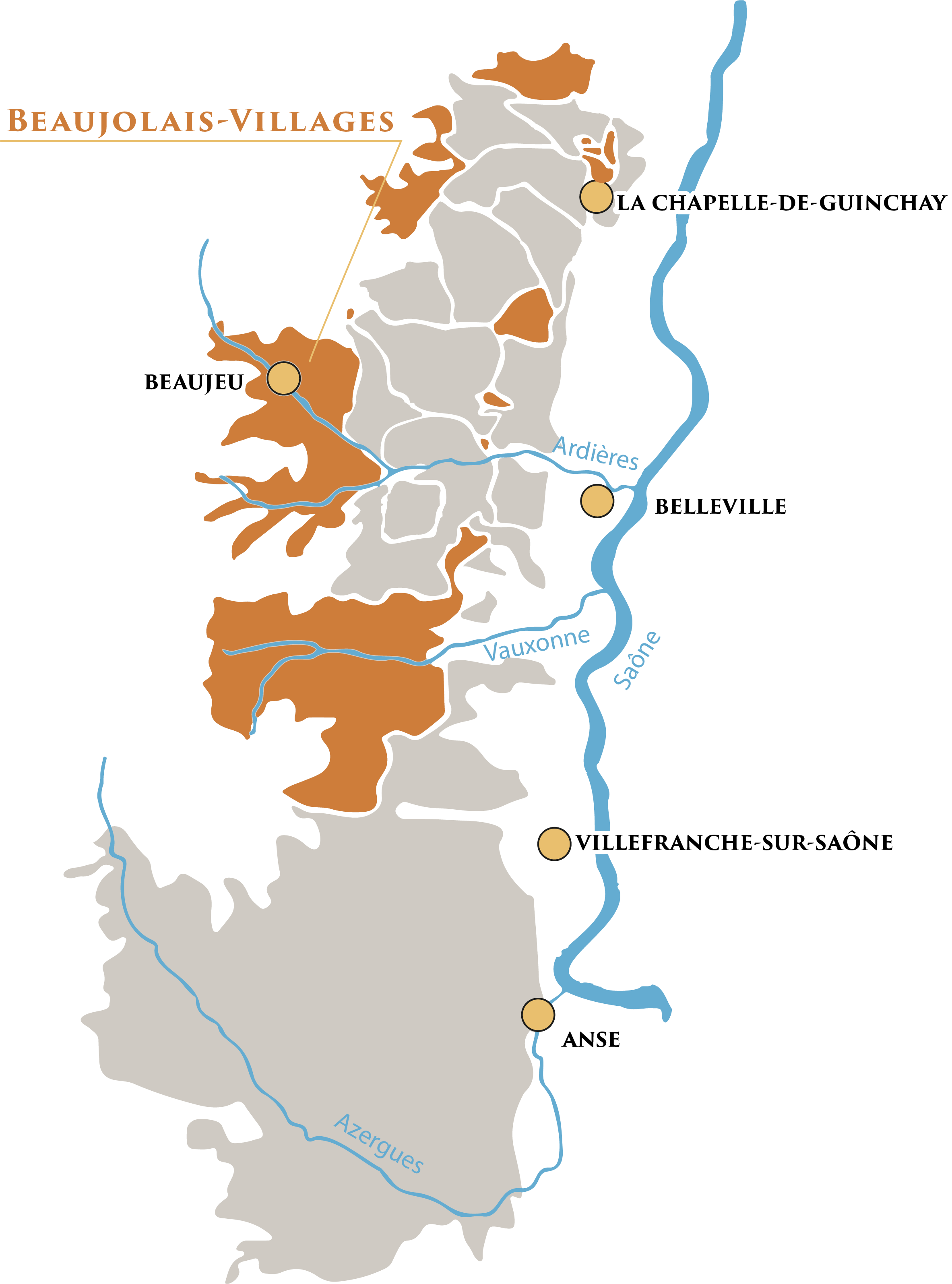

HISTORY :
Beaujolais-Villages takes its name from a certain number of wine-making villages in the Beaujolais production area – 38 to be precise – that have long stood out for the superior quality of their wines. By “superior” is meant greater aromatic complexity, greater concentration and greater reliability. The word “Villages” has been adopted in 1950 to replace the name of the villages that were mentionned on the label to distinguish the productions considered as superior quality.
VINIFICATION :
Manual harvest of Gamay Noir with white juice.
Vatting by gravity, in concrete tanks. Maceration in whole grapes for about ten days, including pumping over and delestage, before pressing, to extract the maximum structure and color. The wine is then aged on fine lees in vats.
WINE :
Colour: An intense, brilliant cherry colour with purplish tints.
Nose: Complex nose with red and black berry aromas (raspberries, redcurrants, blackcurrants).
Palate: A smooth wine with fine tannins, harmonious and complete.
SERVING SUGGESTIONS :
Beaujolais is best appreciated when young, but it may be laid down for 1 to 2 years. It is the perfect accompaniment to mixed salad, pork pie, white and grilled meats, fresh pastas. Serve at between 15 to 16°C.



